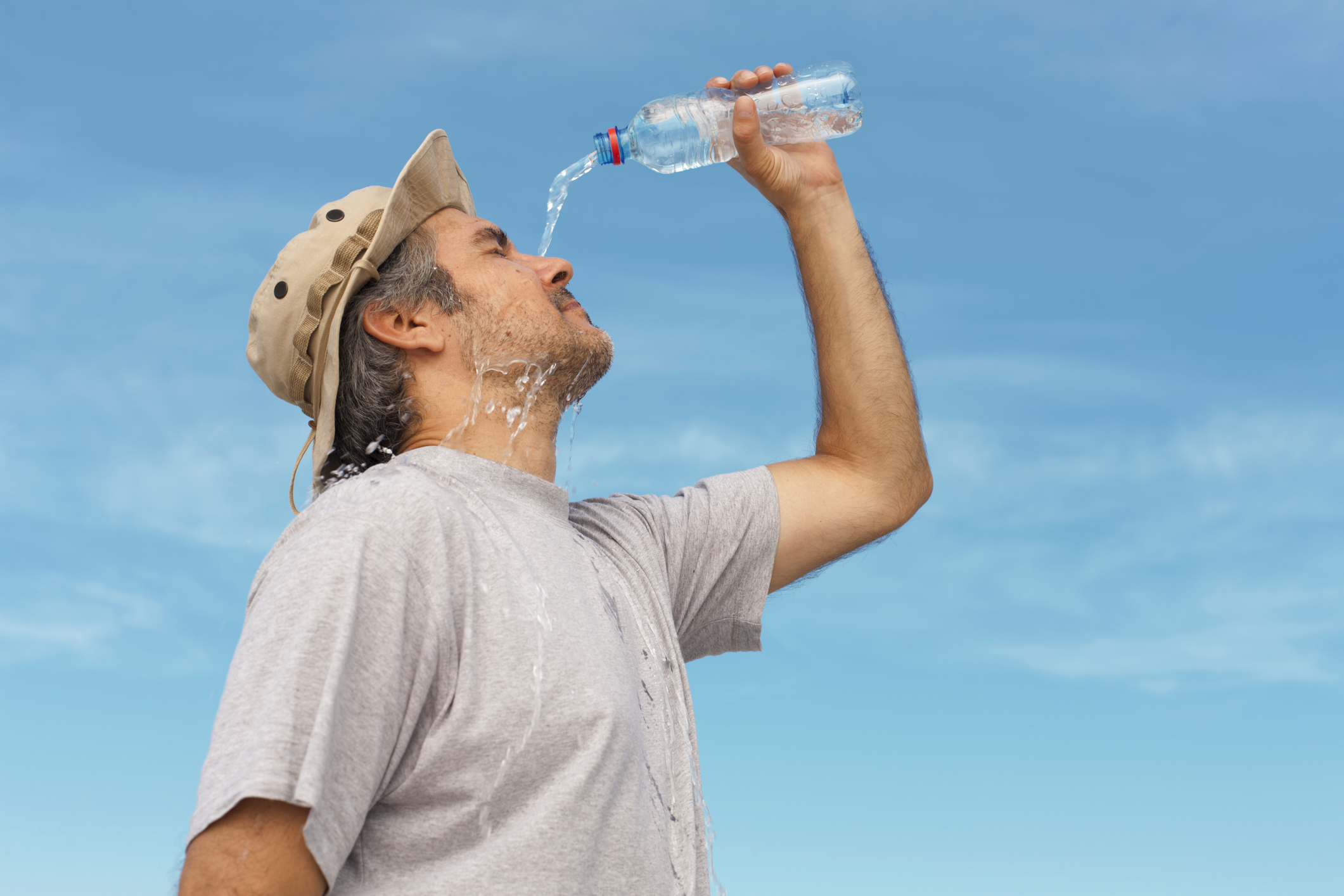Heat Check: K-State health official urges Kansans to prepare now for hotter days

Extreme heat ‘can sneak up on you,’ Johannes says
Folks who live in the Midwest typically are well aware of such spring and summer weather-related dangers as tornadoes, floods, hail, lightning and even wildfire.
Heat? Well, that one can be a bit more tricky, says Elaine Johannes, the Kansas Health Foundation’s Distinguished Professor of Community Health at Kansas State University.
Johannes says that until a recent meeting, she “had not really thought about extreme heat being a disaster, of sorts.”
“The effects of extreme heat can sneak up on you if you’re not paying attention,” said Johannes, noting that periods of extreme heat and the duration of that heat are increasing due to climate effects. “The places where we live, learn, work and play often have cement, and heat islands are prevalent in urban areas. Those areas retain heat, which make the heat even hotter.”
Listen to an interview by Jeff Wichman with Elaine Johannes on the weekly radio program, Sound Living
Johannes said officials with the U.S. Federal Emergency Management Agency are prioritizing education on heat stress. She attended a recent meeting of the four-state Heartland Extension Disaster Education Network (EDEN) in which she was “taken aback” by what she learned about preparing for extreme heat.
“First of all, as human beings, we need to understand what heat does to you, whether you live in an urban or rural area,” Johannes said. “As I understand, extreme heat in the climate can create a dome where humidity keeps the heat anchored, which may be on a farm or ranch, or downtown. Increased exposure to the heat is dangerous for people and animals.”
Heat stress, which can include heat cramps and heat rashes, can lead to heat exhaustion, heat stroke and severe hyperthermia. Babies and younger children, those with chronic health conditions, and older adults are especially susceptible to the negative effects of heat stress.
“There are also exertional heat issues,” Johannes said. “Exertional heat could effect a very young, virbrant person who is an athlete as well as those who work outside, such as road workers, first responders or people who do agricultural work… When our body is over-stressed by trying to cool itself down, and the extreme heat doesn’t allow us to cool down, our body’s mechanism gets over-heated inside.”
Johannes urges Kansans – indeed, all people – to be alert to warning signs, particularly if outside alone. Dizziness is an early warning sign; in extreme cases, the body’s organs may begin shutting down or blood may clot.
“We may be thinking, ‘gosh, heat is still far away – maybe July or August – but we do need to be prepared,” Johannes said. “We need to understand our own abilities and conditions that may make us more susceptible to heat. And then we need to think about our behaviors or activities and adjust, as needed.”
“We need to take care of ourselves and those around us and understand what this little engine inside of us is doing in order to keep us going.”
Johannes spoke at length about the risks of heat on the weekly radio program, Sound Living, available from K-State Research and Extension. The World Health Organization also has published information on Heat and Health, available online.
More information on healthy living is also available from local extension offices in Kansas.


